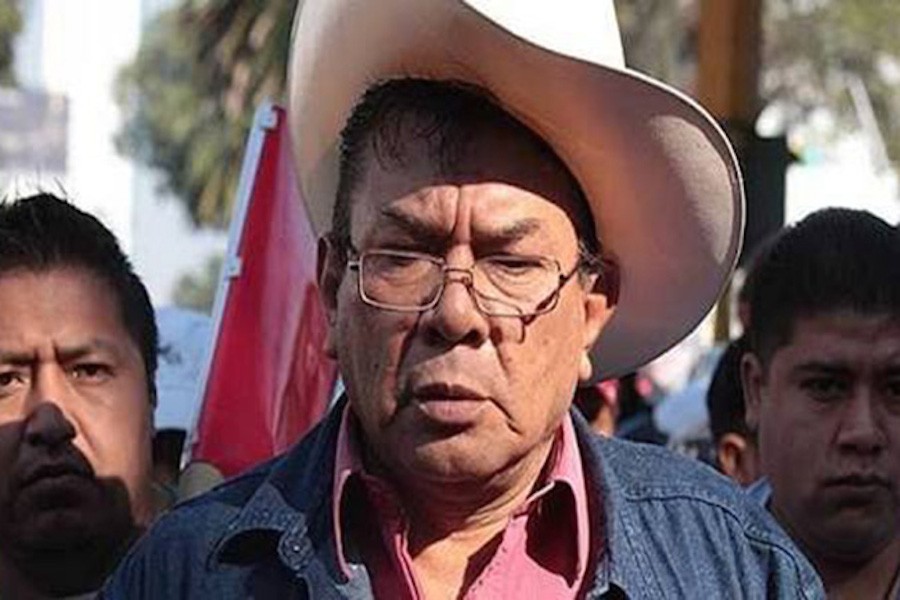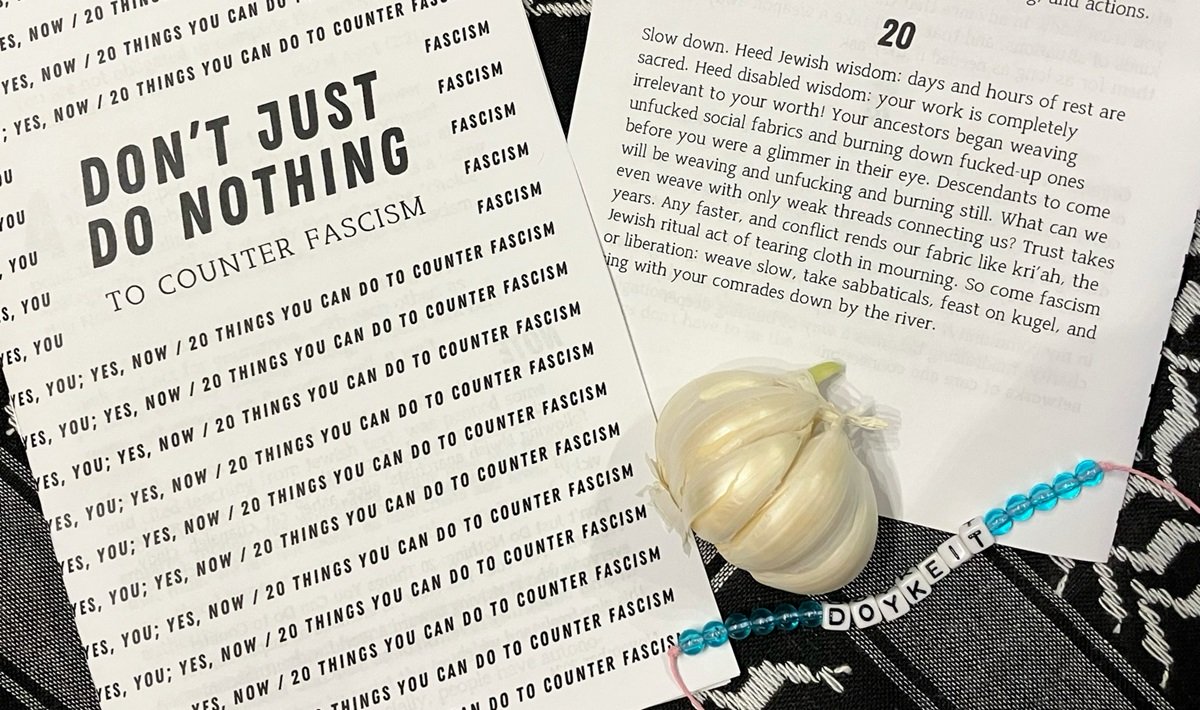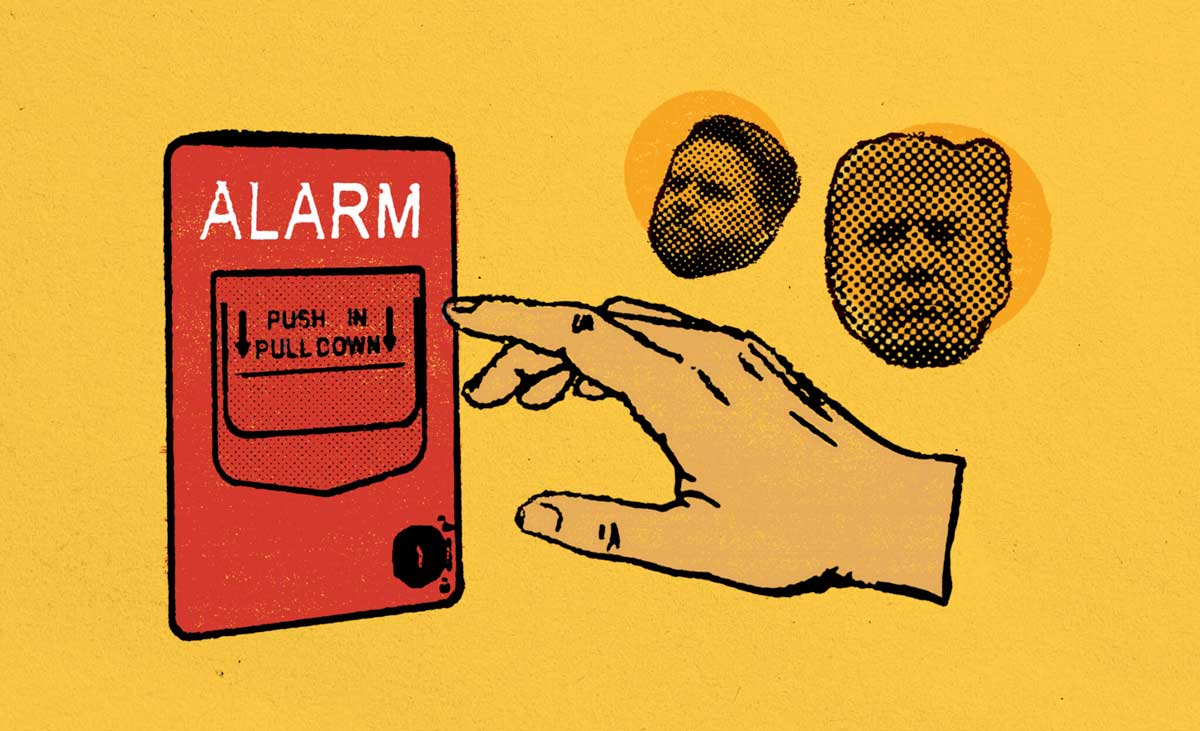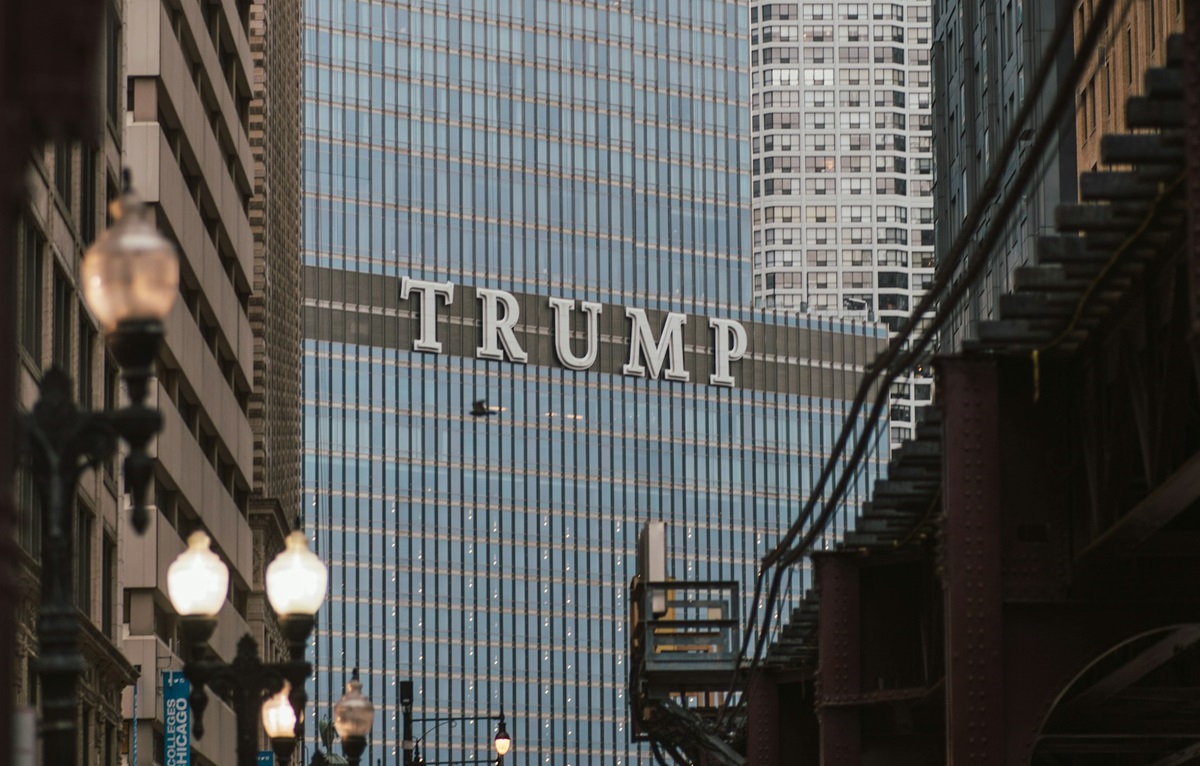Filed under: Labor, Mexico, Repression, Southern Mexico
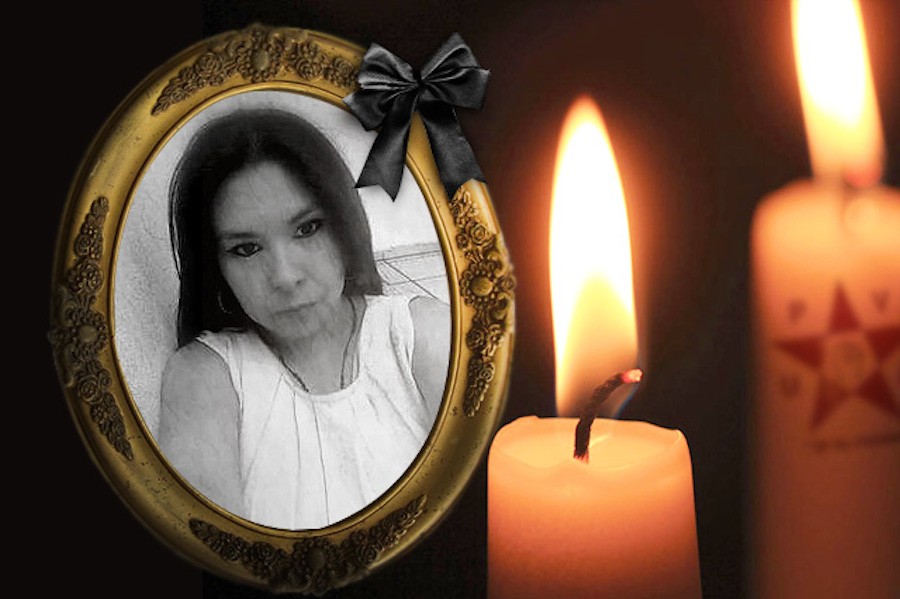
On the morning of Thursday, June 29, Meztli Sarabia Reyna was murdered inside the Hidalgo Market in Puebla. She was the daughter of the social leader and general counsel to the October 28th Popular Union of Street Vendors (UPVA), Rubén Sarabia Sánchez, also known as Simitrio.
Meztli’s murder took place in the group’s offices inside Hidalgo Market when a group of four individuals arrived asking for Simitrio’s daughter. Meztli replied that she was her and they shot her in the head and abdomen. Before fleeing, the murderers shot at another member of the vendors’ organization, who was transported to a hospital. This information was reported to the paper La Jornada de Oriente by Tonatiuh Sarabia, Meztli’s brother, and the group’s legal advisor. He considers the attack on his sister a clear message being sent to the organization.
An hour after the murder, the group’s leaders announced a mobilization and march toward the seat of State Interior Ministry and confirmed they set a meeting with the ministry’s undersecretary for Human Rights, Roberto Campa Cifrián, for the afternoon of the same day.
After the body of Meztli Sarabia was taken away, her brother Tonatiuh told La Jornada de Oriente that alongside the body of his murdered sister, the assassins left a message written on cardboard: “this is what will happen to all those who support Simitrio. You’re next Simitrio and those who support Simitrio. Out with 28 (sic).”
Vendors in the Hidalgo Market claim that the four men who murdered Meztli Sarabia Reyna were professional assassins (“matones”), as they used silenced weapons to avoid alerting people.
“Nobody saw anything. It all happened silently, and the murderers must have walked away, because if they had entered the market in a vehicle, we would have lynched them,” said a woman who sells bread in the market.
Tonatiuh Sarabia and Mrs. Irma Reyna, the mother of the victim, were present for the removal of the body from the organization’s offices. The lawyer explained that the calculated attack on the Sarabia family was planned ahead of time, and denied that security at Hidalgo Market, a bastion of the UPVA, was lax.
“We don’t have armed security, and we don’t have security cameras. The vendors and the people take care of us. We are not laid back, we live daily with the risk of arrest. But today my sister was executed,” he said.
He stated that the execution-style killing and the message aimed at his father are political and not the result of a conflict between vendor organizations, as the authorities now want to see it.
Rubén Sarabia “Simitrio” – A life of persecution and imprisonment
In October 2015, the magazine Proceso published a report on Rubén Sarabia “Simitrio”: “The Hidalgo Market is a festive place, with voices offering goods for sale, overlapping music competing to be heard, hot griddles giving off the smell of corn and salsas… like all Mexican markets, it is a material invocation of millenarian traditions, but this one is more pre-Hispanic than it may seem – it isn’t a conventional street market: Signs denouncing the bad government shine next to signs stating prices; business names are covered by banners demanding freedom for political prisoners. And if the lasting message that runs through the market is one of freedom for Simitrio, there is also space to demand justice for the 43 students from Ayotzinapa.”
There, Maoist adherents — who make up the “spinal column” of Puebla’s social movement, according to the Permanent Peoples Tribunal — agreed to march for Simitrio, a man to whom they are loyal despite his three decades in prison and the judicial inquiries against him. On July 4, 1989, upon leaving the clinic in the Roma neighborhood of Mexico City, 30 Puebla police officers detained him without a warrant. In the following three days, he was transported to Puebla and returned to the state capital with his eyes covered while being subjected to physical and psychological torture. He ended up in San Miguel prison in Puebla. There he discovered that there were six state and two federal charges against him. He was held in that prison until December 10, 1993, when they transported him without notice to federal prison.
He was first sent to Module 1 of the Puente Grande prison in Jalisco, where he had leaders of criminal groups for company. Four years later, they sent him to Almoloya, on October 27, 1997. They kept him there until April 11, 2001, when he was released under conditions of exile and with a restraining order: He had to report to the Neza-Bordo prison twice a week, for a period of 13 years and 9 months, he was required to live in Mexico City, and he was not allowed to leave without prior authorization. As such, he couldn’t return to Puebla – any noncompliance would result in a return him to prison.
Twenty-two years after his arrest, on October 28, 2011, he returned to Puebla and assumed leadership of the organization that he had helped create in the seventies. In the city’s main square, before five thousand people who came to welcome him home, he questioned Felipe Calderón’s “war” on drug trafficking, which he said the state uses to repress social movements.
Sarabia was to continue signing in at the prison twice a week until February 2015. But two months before obtaining his full freedom, on December 16, 2014, he was arrested and imprisoned again to complete a sentence that was extended to 2050.


